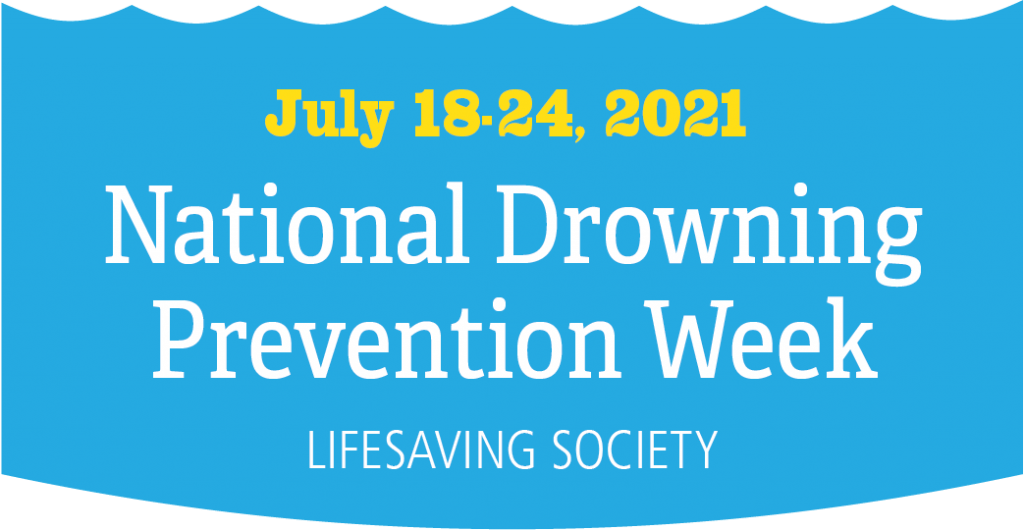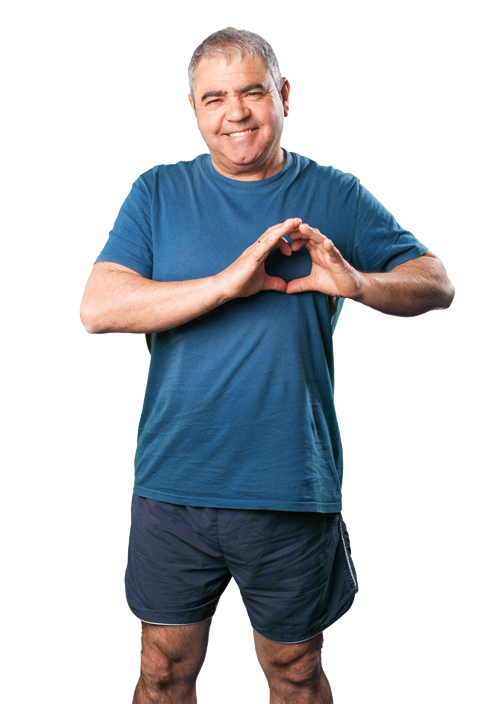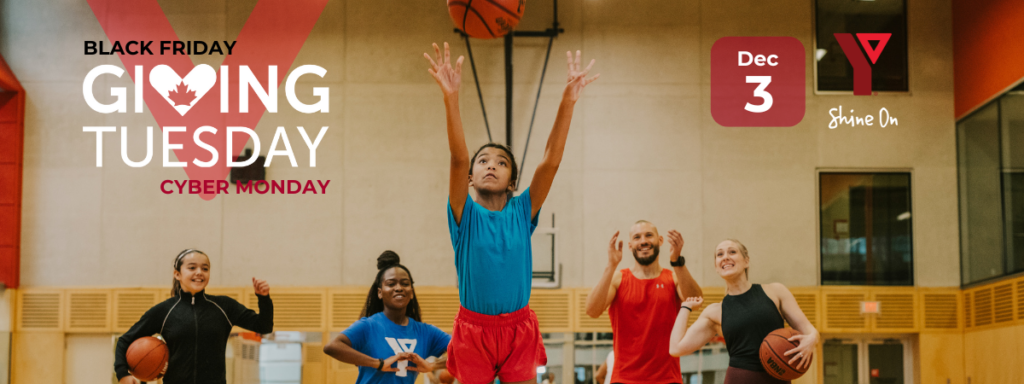Despite a downward trend, drowning is still the third leading cause of death in Canada. Drowning is preventable! From July 18–24, the Lifesaving Society Canada brings awareness to the drowning problem during National Drowning Prevention, because even one drowning is one too many.
Over 400 people fatally drown annually in Canada, making it the second leading cause of unintentional death for children and the third leading cause of unintentional death for adults.
Indigenous, northern and new Canadians have a disproportionately high mortality rate. In fact, the drowning burden is so great around the world that the United Nations General Assembly passed the UN Resolution on Drowning Prevention (A/75/L.76) and named July 25 of each year as World Drowning Prevention Day. During the week of July 18–24, 2021 Lifesaving Society of Canada, along with our YMCA, will be educating and promoting safety awareness in, on and around the water. See Ontario’s Drowning Report for more local statistics.
Statistics show that almost 70% of drowning fatalities never intended to go into the water and were often within 15 metres of safety. Nearly every Canadian has known someone who has drowned or had a non-fatal drowning experience, whether personally or from his or her community. To help reduce drowning, we are all encouraged to:
- Supervise Children. Always directly supervise children around the water – this includes the bathtub! Infants and young children under 5 years are especially at risk in the bathtub. In 2011-2015, 100% of drowning deaths among infants under a year old occurred in a bathtub. Whether in the tub, a pool, a river or lake, if you are not within arms’ reach, you’ve gone too far. Drowning is fast and silent, often occurring in less than 30 seconds. It is critical that parents and caregivers watch their children while they are in the water and not be distracted – watch your child not your phone. Unattended toddlers are high risk because they are mobile, curious and require close and constant supervision by an adult.
- Boating Safety. Always wear a lifejacket when in a boat and learn how to operate a watercraft before you head out on the water. Don’t boat alone, stay seated, check the condition of your boat and accessories before you leave, and always have a boat safety kit on board. Check the weather before you leave and learn about local hazards.
- Learn to Swim to Survive. In most drownings, the victim never intended to go in the water and was often close to safety – could you survive a sudden and unexpected fall into the water?
- Stay Sober In, On, and Around the Water. Alcohol consumption is a factor in many water-related fatalities. Both alcohol and cannabis use impair balance, judgment, and reflexes. Stay sober when in, on or around the water.
- Open Water Safety. Make smart choices before going in, on or around the water. Find safe entry and exit points and don’t jump in the water – enter slowly to prevent cold water shock. Always check the weather before you venture out.
- Swim Together. Swim with other people in familiar locations and always let someone else know if you’re going for a swim in a pool or open water.
- Bright is Best. Make sure you’re visible in the water by wearing a brightly coloured swim cap and bathing suit. Kids especially should wear bright colours while avoiding blue! Blue and green hues can blend into the water – try a bright pink, orange or red.
- Be Water Smart All Year. You can save a life, yours, and someone else’s. Take a learn-to-swim, lifesaving or first aid class today. If you find yourself in trouble, FLOAT TO LIVE. Try not to use your energy struggling in the water, lay on your back and float until help arrives.
Backyard Pool Safety
- As a result of COVID-19 it is expected more Canadians are home and using their backyard in the summer and this may present an increased risk of drowning for homes with toddler pools, hot tubs, and backyard pools.
- Empty toddler pools after it rains and anytime an adult can not provide active supervision.
- Private backyard pools continue to be the primary setting where children 1-4 years of age most often drown.
- Control and restrict access to water with layers of protection such as gates, fences, alarms, and other barriers.
- Provide active, direct supervision by designating a responsible adult to be a ‘backyard pool lifeguard’.
Our YMCA offers swim lessons for all ages, including private and group lessons. Swim lessons are an important investment in your safety and your family’s safety. Stay tuned for Fall swim lessons starting soon!
Our certified instructors also teach Standard First Aid & CPR-C/AED, Health Care Providers First Aid/CPR-HCP/AED, and Aquatic Certifications including National Lifeguard and Swim Instructor. Learn more about our certifications courses and how to become a lifeguard on our website. Whether your job requires it or not, everyone can benefit from First Aid and aquatic certification knowledge. Contact us at 519-376-0484 ext. 226 to learn more.
#NDPW2021 #SNPN2021 #drowningispreventable #drowningprevention #bewatersmart




